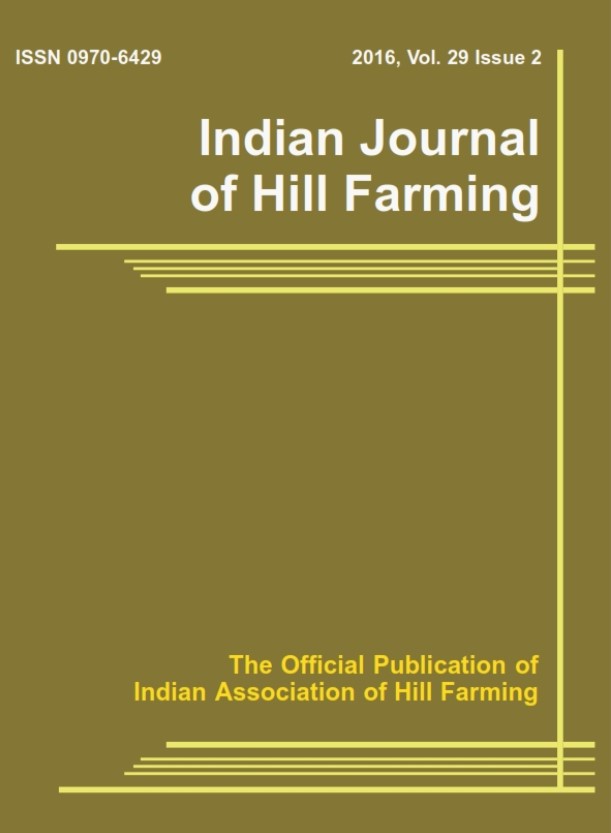Development and feasibility assessment of garlic clove peeling machine
Keywords:
Cylinder-concave, feasibility testing, garlic peeling, labour requirement, peeling efficiency.Abstract
Peeling garlic cloves is a major energy and time consuming operation that sometime cause allergy to skin when done manually. A prototype electric motor powered garlic clove peeling machine was developed that worked on the principle of application of abrasion, friction and compressive forces on the cloves to remove peels from the cloves. It consisted of a cylinder made of nitrile rubber covered with steel mesh of 64 perforations per square inch, a concave made of steel mesh of 9 perforations per square inch, a blower and a power transmission unit. The cylinder-concave clearance was tapered with 20 mm near the inlet to 10 mm near the outlet. The cylinder-concave assembly was kept inclined at an angle of 35° from the horizontal. The cylinder was operated at 40 rpm. The garlic cloves were dried to the moisture content of 38–39% (w.b.) and fed at the rate of 40 g/min. The output capacity of the machine was 1.50 kg/h with peeling efficiency of 71% and percent damage of 18.24%. Cleaning efficiency of the machine was 99.23% with no blower loss. Labour and electrical energy requirement of the machine were 0.67 man-h and 1.61 kW-h/kg, respectively. The mechanical peeling saved 60% time and labour over conventional manual peeling. The machine has to be operated for about 275 h/year to justify mechanical peeling over manual peeling. The machine was found to be suitable for use in small canteen and processing centres.




